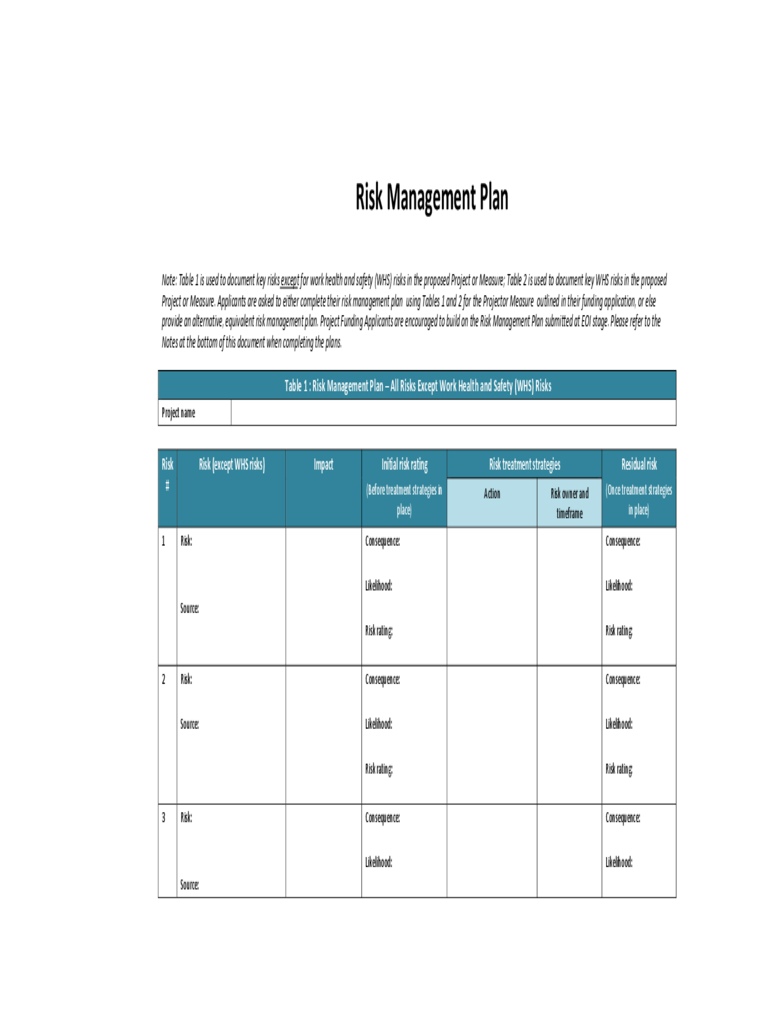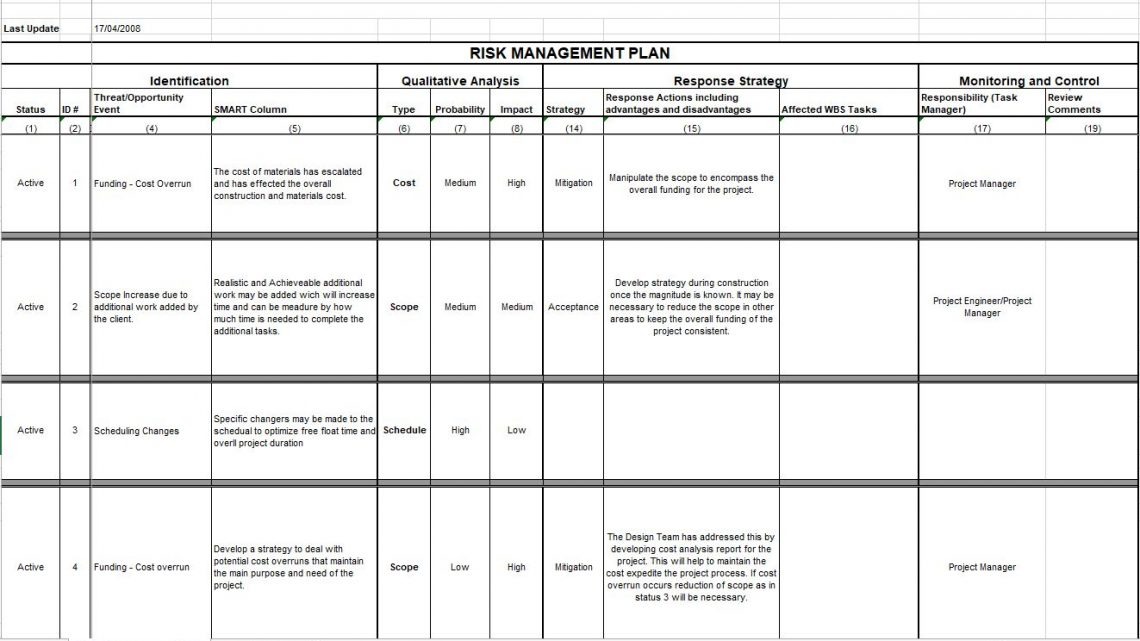

Managing project risk.Integrating Cybersecurity and Enterprise Risk Management (ERM) (NISTIR 8286) promotes greater understanding of the relationship between cybersecurity risk management and ERM, and the benefits of integrating those approaches.

Identifying and managing project risk (3rd ed.). The risk management plan is integrated with all processes in the management of the project. In particular, risks can be found where there are knowledge gaps or incomplete data. Project managers need to be alert to risks that may be hidden or unknown as these processes unfold. The communication plan has information about key stakeholders and their concerns about specific risks and the frequency with which they must be updated.ĭefining risks is part of determining scope, budget and schedule. The schedule plan will highlight risk that is carried into a project because of tight timelines or the level/complexity of activities. The cost plan determines how risk may be carried into a project through budgeting, procurement and expenditure. Certain kinds of projects have specific kinds of risks associated with them. It needs to be aligned with the other documents beginning with the project charter. The risk management plan is integrated with other project management plans. It is critical to review stakeholder tolerance for risk in the beginning of the project so that plans can be made to address the stakeholder need for precise estimates, clearly defined deliverables, and frequency of communication (Kendrick, 2015). Risk identification is integrated into all the processes of the project to help uncover additional risks and to decrease the unknowns (Kendrick, 2015). The development of the risk management plan begins with looking at project assumptions including data, staffing, etc. Risk management plans will also include a probability and impact matrix to assess impact on project objectives (Newton, 2015).Ī risk management plan is developed early on in the project, but is reviewed and updated throughout the project. The plan may also describe the reporting formats that will be used in the project as well as the process of communicating risk to stakeholders. Risk categories are identified as well as definitions of risk probability and risk impact. Budgeting for risk management is also included so that resources and funds are available to manage the risks. It also identifies the owners of risks and what their responsibilities are to manage those risks.

It ensures that the level of risk management is commensurate with the identified risks and the organization’s appetite for risk.Īs a sub plan of the Project plan, the risk management plan includes the methodology that will be used to manage risk including the tools and data sources.

It describes the level of risk that is tolerable for the organization (Newton, 2015). The risk management plan does not identify projects risks.Ī Risk management plan details how the team will manage risk (Newton, 2015). The risk management plan provides a tool for reporting risk to senior managements as well as the project sponsor and team. The goal is to reduce impact of negative risks and to increase the impact of opportunities. Emad Rahim, Kotouc Family Endowed Chair of PM Center of ExcellenceĪ risk management plan ensures that risks are managed properly.


 0 kommentar(er)
0 kommentar(er)
